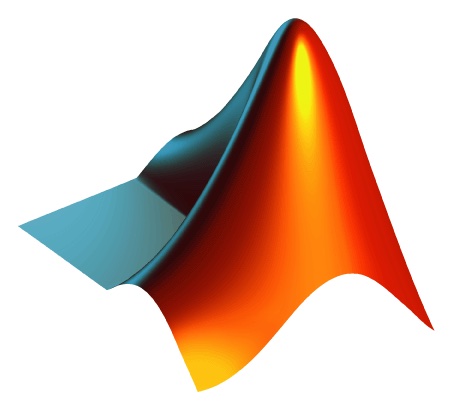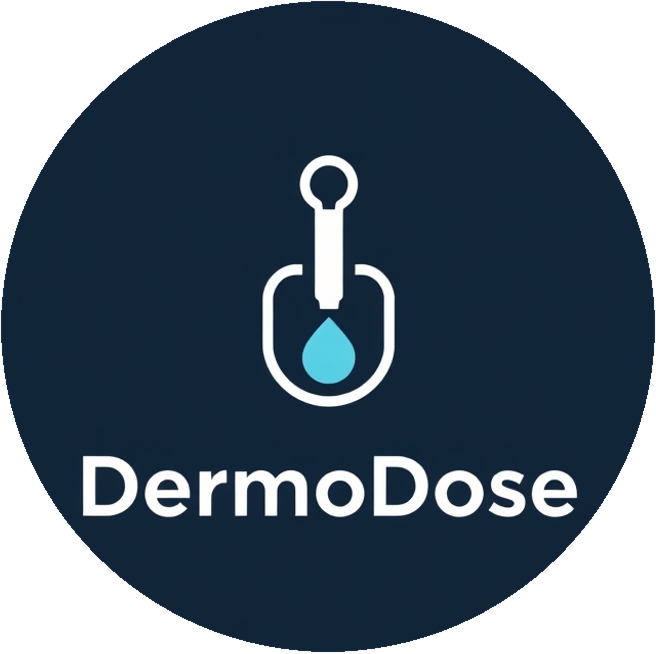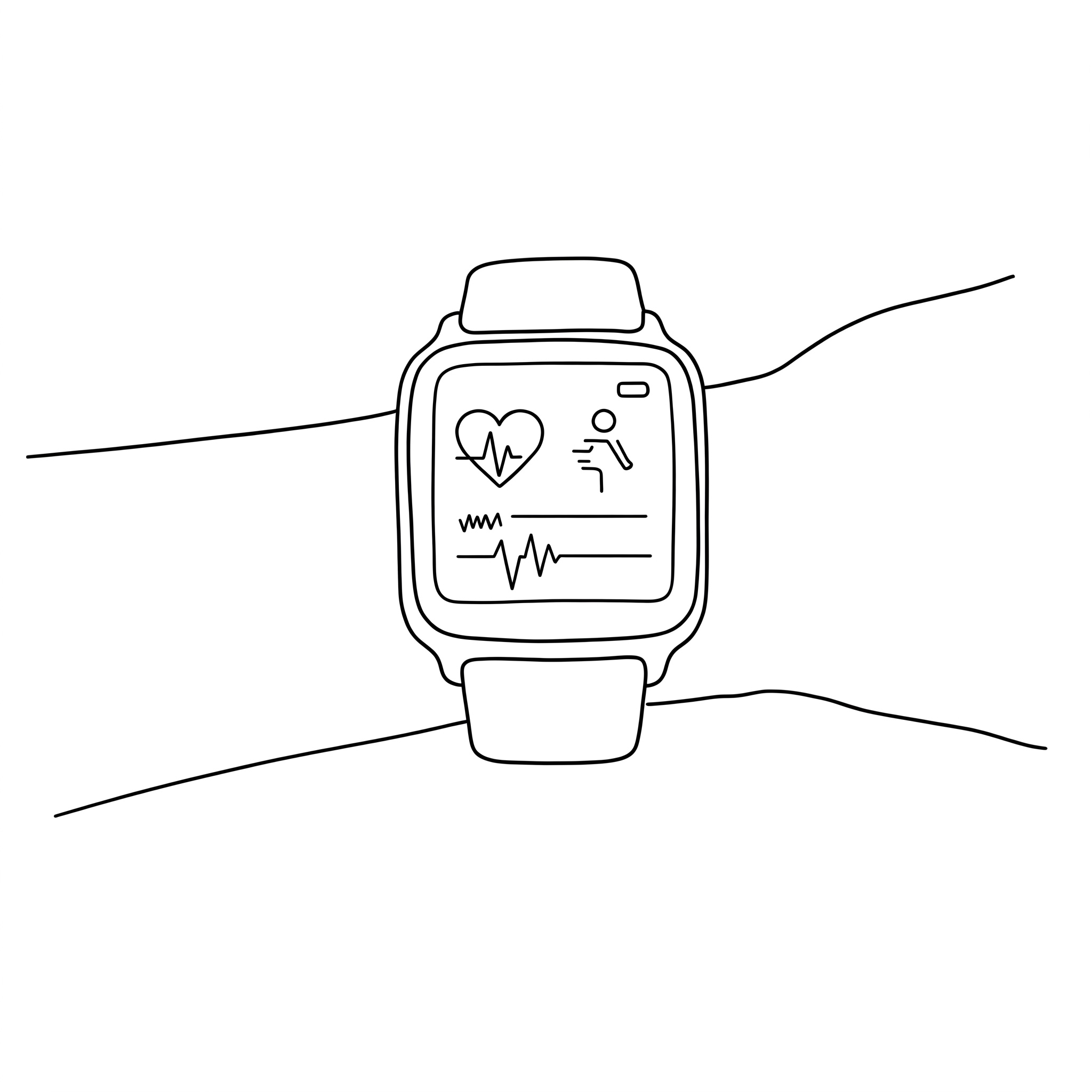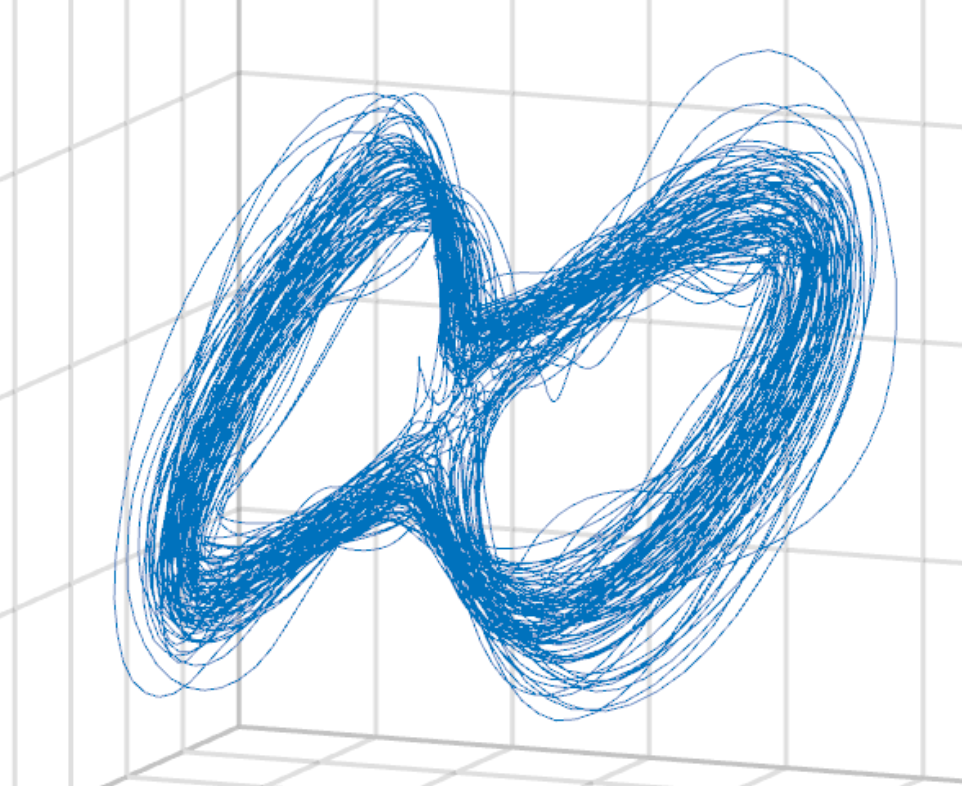


Ingestible Therapeutics

















The shape of the shore is not created by one giant wave, but by the consistent action of countless smaller ones. Persistence and discipline are keys to achieving long-term results.
"No man is an island, entire of itself; every man is a piece of the continent, a part of the main". Surrounding yourself with inspiring individuals is the key to drive innovation.
To build a tall building and become the best in your field, you need to have very strong foundations that span across different disciplines.
Creating meaningful, positive and self-sustaining solutions, that anyone can benefit from.

Empowering patients and dermatologists with precise dosing, safer treatments, and daily monitoring for faster, side-effect-free skin recovery.

Design of Phase Locked Loop (PLL) and DC-DC Converter.

This project focuses on analyzing respiratory and ECG signals to identify physiological patterns associated with anxiety.

This project focuses on developing experimental setups to capture deterministic chaos.

This project is a focuses on develepoing a wearable sensor for monitoring muscle health for improved performance and injury prevention.

The role of insects, from sacred symbols to sustainable supper through the eyes of paintings poems and treaties.

Best Freshman Award| Politecnico of Milan

Nova 111 Student List | Healthcare and Bio Sciences


